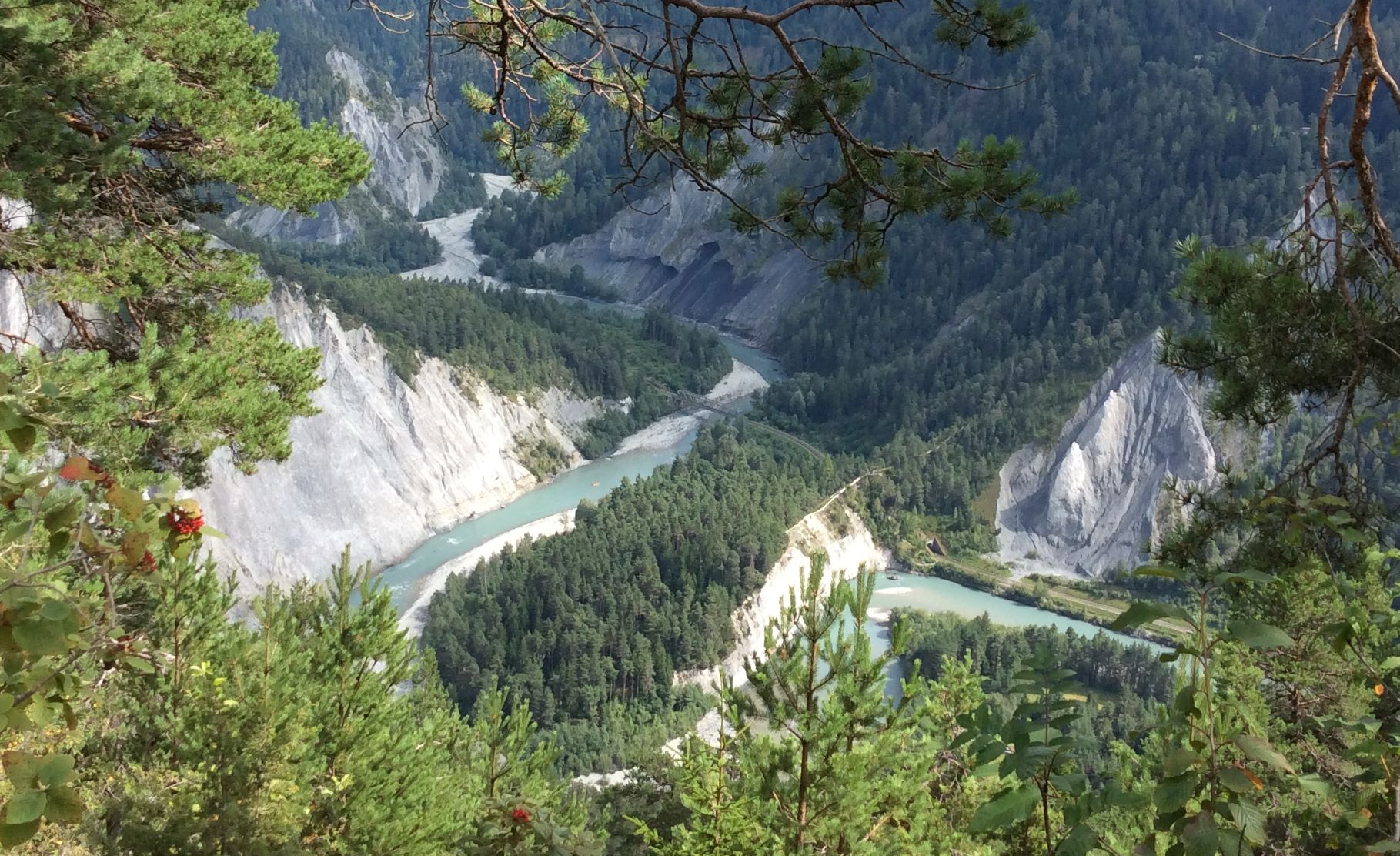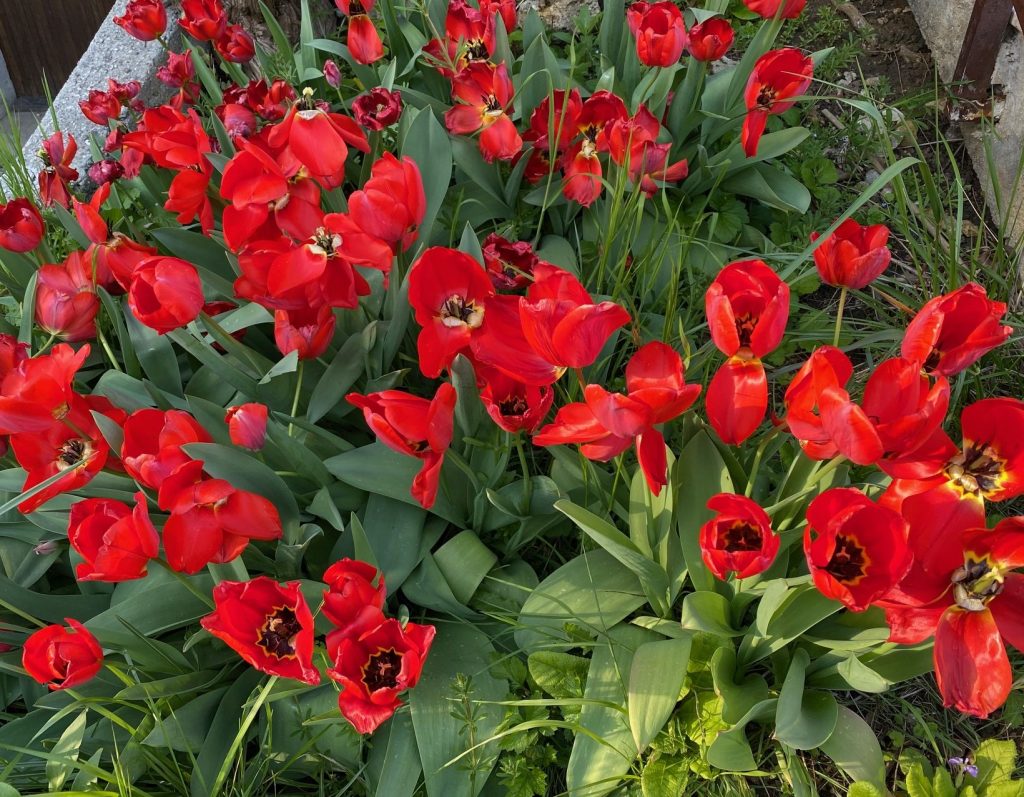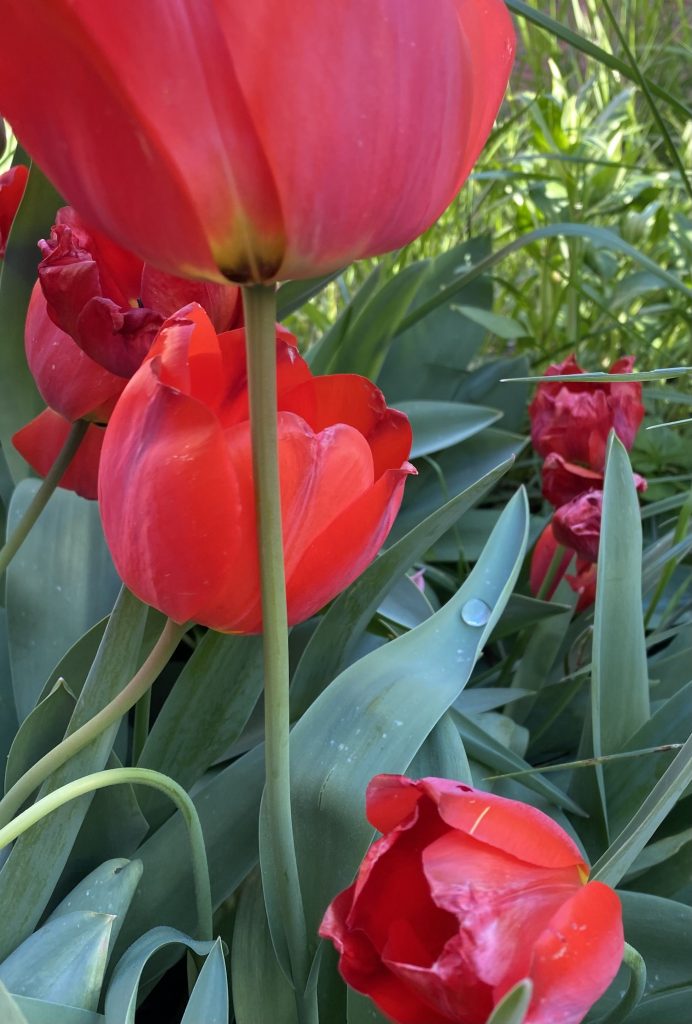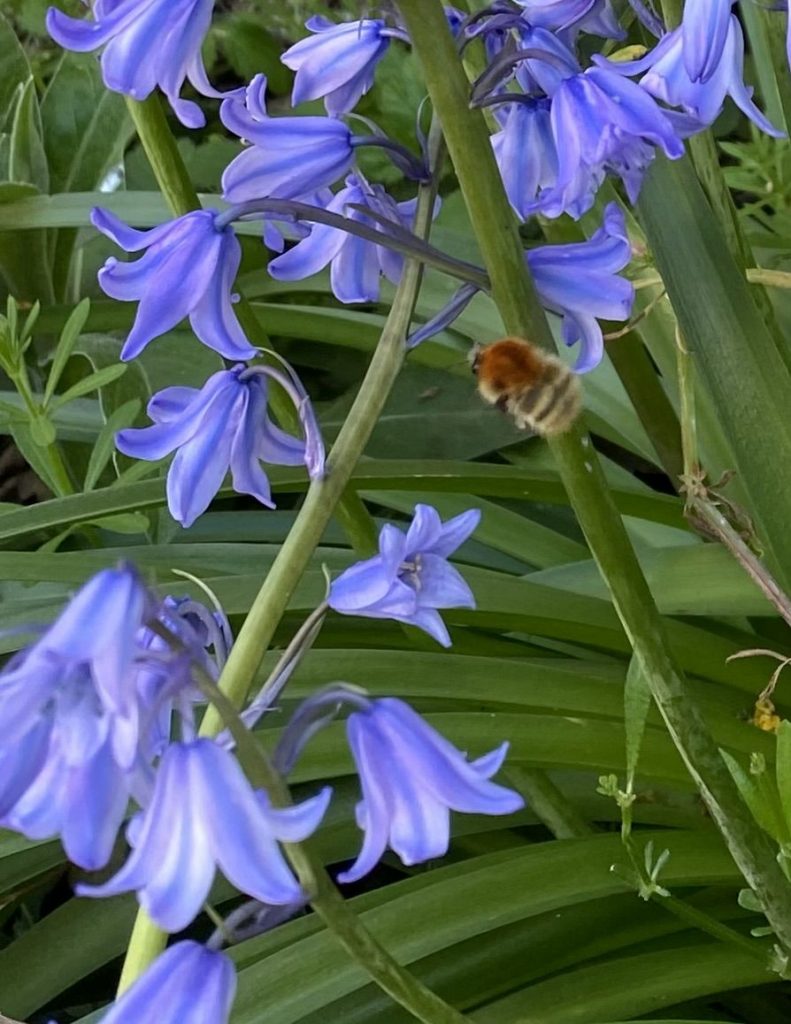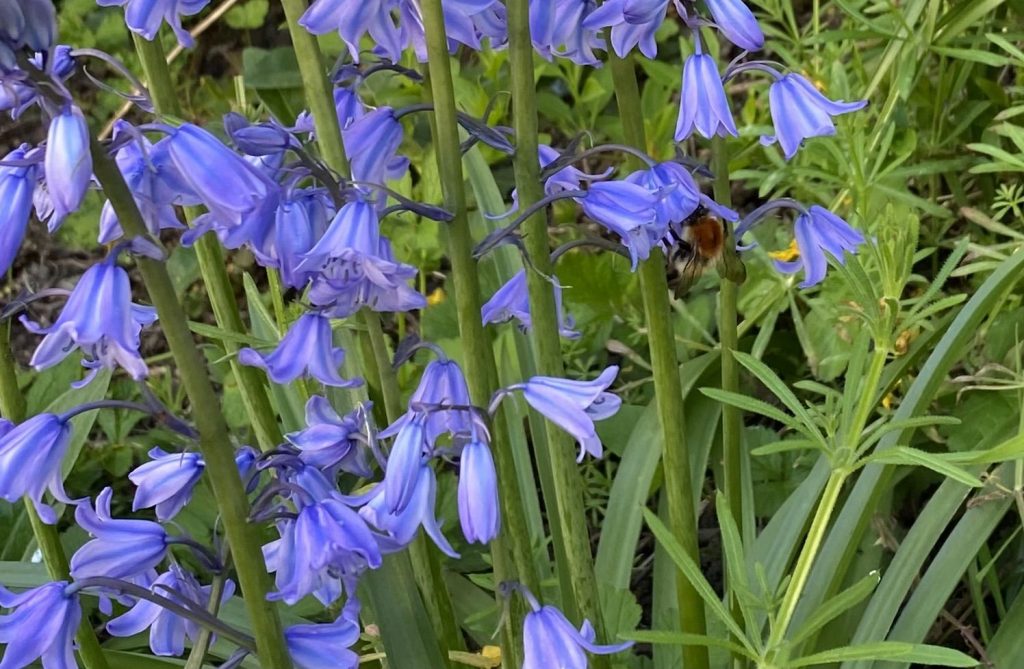The live of honey bees is rather busy and well organized. Global warming necessitates new risks and new opportunities for honey bees.  The flowering season starts earlier in Europe and bees start earlier ro their collection of nectar and their service of pollination to other flowers. In early April 2025 in France near Paris we observe wild bees already in their daily routine. However, the risk of cold nights is still there, albeit those building their homes below the surface are a bit less at risk during a frosty night. Seeking a clever shelter is a good strategy for survival particularly at times of global warming. Some kinds of wild bees seem to sense this already changing homes from one season to next one. Humans remain their toughest enemies as they restrict their choices quite severely. Man-made pollution and herbicides are beyond bees’ control and cause havoc in the ecosystem of bees. Apiculture is an interesting science also for social scientists as this forerunner species of the matriarchy has evolved into a well-organized productive society. They are a bit harsh to each other and communication is rather unidirectional, but an interesting social cosmos of its own kind.
The flowering season starts earlier in Europe and bees start earlier ro their collection of nectar and their service of pollination to other flowers. In early April 2025 in France near Paris we observe wild bees already in their daily routine. However, the risk of cold nights is still there, albeit those building their homes below the surface are a bit less at risk during a frosty night. Seeking a clever shelter is a good strategy for survival particularly at times of global warming. Some kinds of wild bees seem to sense this already changing homes from one season to next one. Humans remain their toughest enemies as they restrict their choices quite severely. Man-made pollution and herbicides are beyond bees’ control and cause havoc in the ecosystem of bees. Apiculture is an interesting science also for social scientists as this forerunner species of the matriarchy has evolved into a well-organized productive society. They are a bit harsh to each other and communication is rather unidirectional, but an interesting social cosmos of its own kind.

